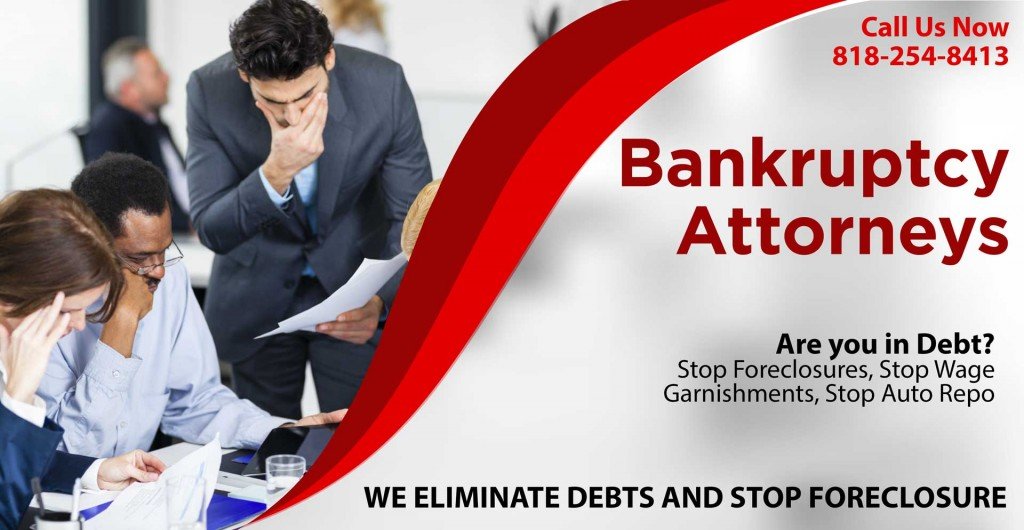 In a Chapter 7 bankruptcy, all of the assets and debts must be identified and disclosed to the court. We always pull a credit report to have a complete list of debts owed and companies that are creditors [such as credit card companies or auto finance companies]. Many people worry that filing a Chapter 7 will mean giving up assets such as a home, car, and personal belongings, but that is usually not true.
In a Chapter 7 bankruptcy, all of the assets and debts must be identified and disclosed to the court. We always pull a credit report to have a complete list of debts owed and companies that are creditors [such as credit card companies or auto finance companies]. Many people worry that filing a Chapter 7 will mean giving up assets such as a home, car, and personal belongings, but that is usually not true.
In California, assets such as a home, car, and personal belongings can be kept by someone filing bankruptcy, as long as there is not a lot of equity in the home, and as long as the car and personal belongings are not extremely valuable. There are limits set by the court for what you get to keep when filing a Chapter 7. But as long as you are under the limits, a home, car, and personal belongings are “exempt assets”; meaning that they will not be sold to pay back your debts.
In a Chapter 7 Bankruptcy, any surplus assets or non-essential valuables are called non-exempt assets [such as 2nd homes, additional cars, and other assets that have high value]. Non-exempt assets, those other than a primary residence, car, and personal belongings can be sold by the court, and the proceeds can be used to pay off creditors. This is also true for savings that are not set aside for retirement and for life insurance policies.
If you are a small business owner or someone who is self-employed, it is also important to disclose any business equipment that you own. Cars, trucks, tools, computers, or anything that you own for your business will be listed for their value in a Chapter 7 bankruptcy [unless the business is a corporation and the bankruptcy does not affect the business – but it is crucial to discuss this with our attorneys before filing and bankruptcy].
At the end of a Chapter 7 bankruptcy, all debts are discharged [wiped out completely], except for certain debts and obligations that are not dischargeable (like tax obligations, most student loans, and child support). The Bankruptcy Code provides different options to debtors depending upon their status (such as whether they are an individual or business). These “options” are referred to as “chapters” which correspond to the statutory provisions of the Bankruptcy Code. The three most common bankruptcy options (or “chapters”) are Chapter 7 bankruptcy (for both individuals and businesses), Chapter 11 Reorganization (for businesses), and Chapter 13 bankruptcy reorganization (for individuals).
In a Chapter 11 bankruptcy or Chapter 13 bankruptcy reorganization, after identifying all of the assets and debts, a comprehensive plan is prepared that provides for the repayment of the secured debts and obligations. For example, arrears owed for a house or car will be repaid over time in a payment plan. The plan is usually spread out over 3-5 years. Our attorneys will make the calculations and propose the amount that will be paid every month into the plan. There are specific rules that apply to the repayment term, and the creditors must approve the repayment plan in order to go forward.
For bankruptcy advice, call our Los Angeles bankruptcy attorney today. The call is free and the bankruptcy advice is free.









